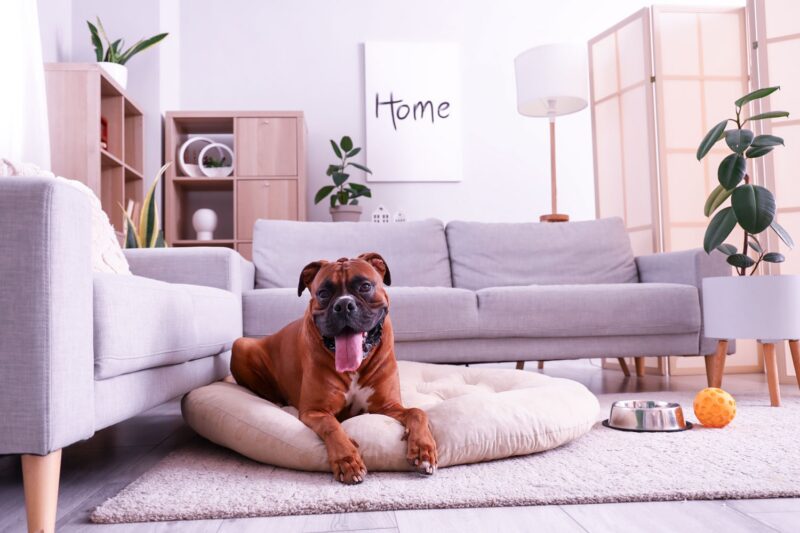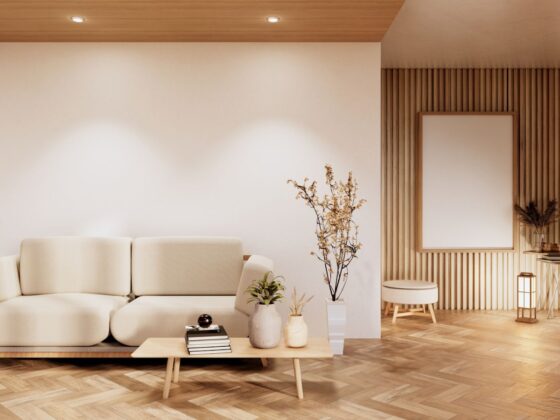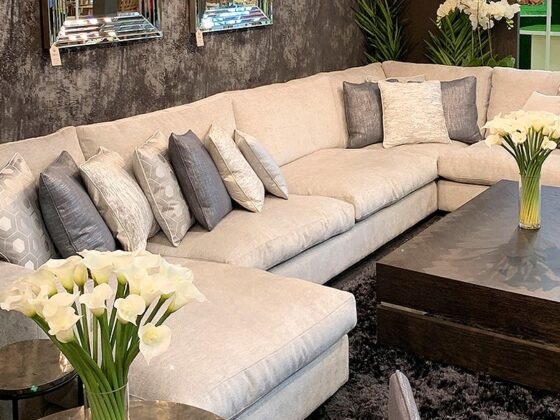Welcoming a new pet into your home is an exciting time, but it requires some planning and adjustment. You’ll need to adjust your living spaces and garden to make them pet-friendly, find local veterinarians, and consider your family’s lifestyle and location.
If you’re adopting or buying a pet in 2025, check out our guide on providing them with a safe, comfortable environment below.
Pet-Proofing Your Living Spaces
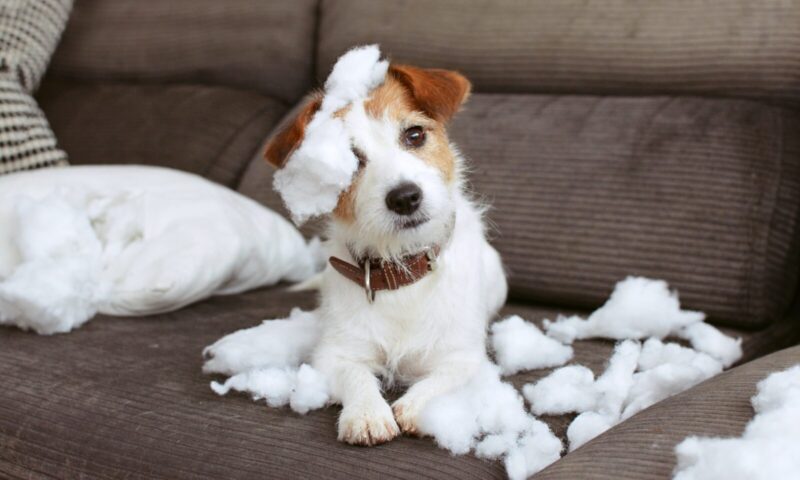
Before bringing a new pet home, consider what household items and furniture they may damage. Carpets and rugs are among the most commonly replaced household items in the UK, often due to pet-related damage, alongside sofas, clothing, shoes, decor, and electronics.
Items like sofa covers can offer practical solutions without requiring changes to the furniture.
Besides potentially scratching, biting, and digging the furniture inside your home, your new pet may be harmed by everyday items you have around the house.
Potted plants, such as lilies, can be highly toxic to dogs, as can poorly secured cleaning products in the kitchen and bathroom.
Dogs can attempt to chew on portable chargers left on coffee tables, which can accidentally cause fires. Similarly, kittens may play with dangling wires from lamps and televisions and be injured if they knock them down.
Also, remember to teach your kids to put away games or toys that contain small pieces, which could pose a choking hazard to your new pet.
Creating a Comfortable and Safe Environment
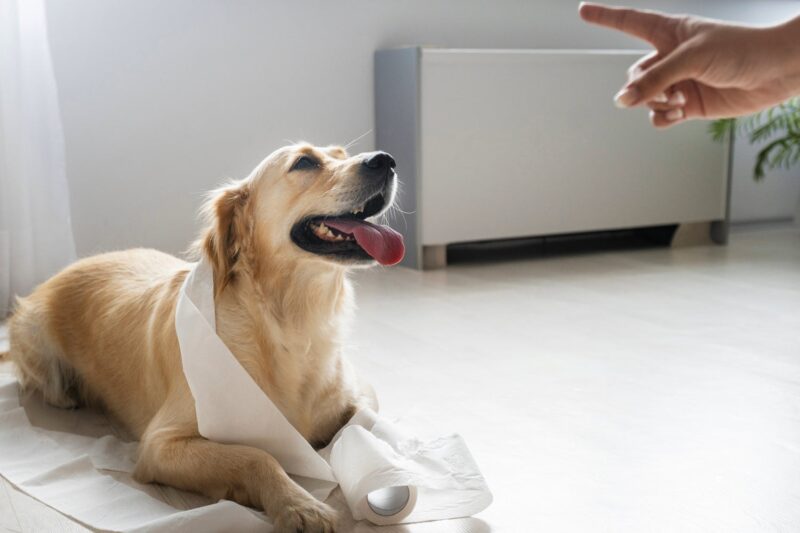
Your new puppy or dog will need a comfortable, draught-free space in a quiet part of the house to rest in. They’ll also need a safe, easily accessible space to hide away when they feel scared. Homes with two or more dogs will need extra resources to prevent them from fighting.
Cats generally require less dedicated bedding. They are highly adaptable and comfortable in unexpected places, like window ledges.
Many press harder, less supportive surfaces compared to dogs. Any pet will need freshly topped-up wet and dry food, as well as clean water bowls, to stay fed and hydrated.
Ensure they have regular opportunities to use the toilet every few hours. You will need to train kittens to use a litter tray before they’re allowed outside in the garden.
To toilet train your puppy, take them outside at the same time every day, like the first thing in the morning, after work, and before bed, and choose a designated potty spot.
Puppy pads can be helpful as you train them to transition to the outdoor place gradually.
Gathering Essential Supplies
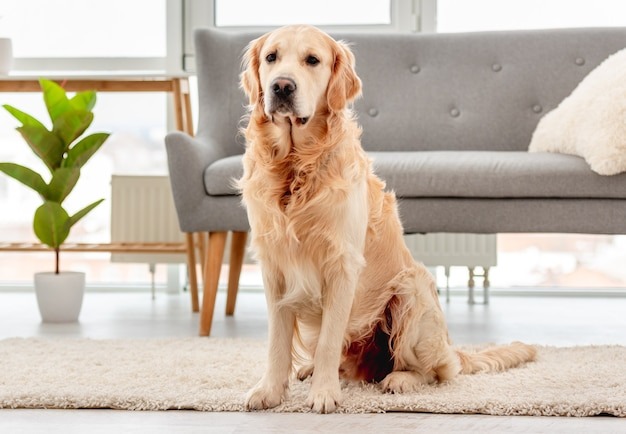
Large dog beds are essential for supporting the joints of breeds like Golden Retrievers, Boxers, Rottweilers, and Mastiffs. Look for beds that will provide them with space to grow and have washable covers to keep the area clean and smelling fresh.
Use separate, non-slip bowls for their food and water, and pick raised models if your dog is tall.
Your dog will need a comfortable collar for walks, and you may want to get your cat a collar when it goes outside so people can identify it. Remember that puppies grow rapidly, so you’ll need to check the collar’s room daily. It shouldn’t be so loose that it can slip off, but you should be able to slip two fingers underneath.
